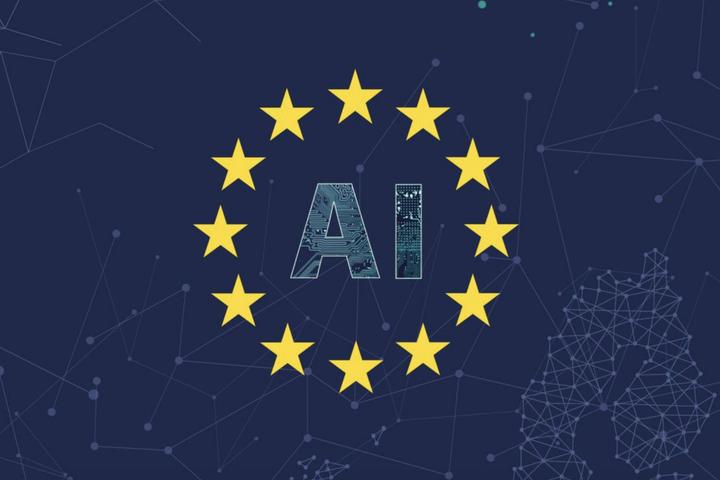 20-05-23, 02:55
20-05-23, 02:55
|
#5
|
Join Date: Feb 2011
Posts: 47,682
Thanks: 27,647
Thanked 14,458 Times in 10,262 Posts
|
 re: Brit Invented AI: Slaughter Machines-Dangerous Rise of Military AI -LONG Read
re: Brit Invented AI: Slaughter Machines-Dangerous Rise of Military AI -LONG Read
EU Already Regulates AI- US Does NOT
Europes’ AI Act Contains Powers to Order AI Models Destroyed or Retrained, Says Legal Expert
BBC 20 MAY 2023

 The European Commission put out its proposal for an AI Act just over a year ago — presenting a framework that prohibits a tiny list of AI use cases (such as a China-style social credit scoring system), considered too dangerous to people’s safety or EU citizens’ fundamental rights to be allowed, while regulating other uses based on perceived risk — with a subset of “high risk” use cases subject to a regime of both ex ante (before) and ex post (after) market surveillance.
The European Commission put out its proposal for an AI Act just over a year ago — presenting a framework that prohibits a tiny list of AI use cases (such as a China-style social credit scoring system), considered too dangerous to people’s safety or EU citizens’ fundamental rights to be allowed, while regulating other uses based on perceived risk — with a subset of “high risk” use cases subject to a regime of both ex ante (before) and ex post (after) market surveillance.
The European Unions’ risk-based framework for regulating artificial intelligence includes powers for oversight bodies to order the withdrawal of a commercial AI system or require that an AI model be retrained if it’s deemed high risk, according to an analysis of the proposal by a legal expert.
That suggests there’s significant enforcement firepower lurking in the EU’s (still not yet adopted) Artificial Intelligence Act — assuming the bloc’s patchwork of Member State-level oversight authorities can effectively direct it at harmful algorithms to force product change in the interests of fairness and the public good.
The Act continues to face criticizm over a number of structural shortcomings — and may still fall far short of the goal of fostering broadly “trustworthy” and “human-centric” AI, which EU lawmakers have claimed for it. But, on paper at least, there looks to be some potent regulatory powers.
In the Act, high-risk systems are explicitly defined as: Biometric identification and categorisation of natural persons; Management and operation of critical infrastructure; Education and vocational training; Employment, workers management and access to self-employment; Access to and enjoyment of essential private services and public services and benefits; Law enforcement; Migration, asylum and border control management; Administration of justice and democratic processes.
Under the original proposal, almost nothing is banned outright — and most use cases for AI won’t face serious regulation under the Act as they would be judged to pose “low risk” so largely left to self regulate — with a voluntary code of standards and a certification scheme to recognize compliance AI systems.
There is also another category of AIs, such as deepfakes and chatbots, which are judged to fall in the middle and are given some specific transparency requirements to limit their potential to be misused and cause harms.
The Commission’s proposal has attracted a fair amount of criticism already — such as from civil society groups who warned last fall that the proposal falls far short of protecting fundamental rights from AI-fuelled harms like scaled discrimination and blackbox bias.
A number of EU institutions have also called explicitly for a more fulsome ban on remote biometric identification than the Commission chose to include in the Act (which is limited to law enforcement used and riddled with caveats).
An analysis of the Act for the U.K.-based Ada Lovelace Institute by a leading internet law academic, Lilian Edwards, who holds a chair in law, innovation and society at Newcastle University, highlights some of the limitations of the framework — which she says derive from it being locked to existing EU internal market law; and, specifically, from the decision to model it along the lines of existing EU product regulations.
The EU AI Act is HERE
Unpacking the EU AI Act
AI: What is The Future of Artificial Intelligence? - BBC News
Australian Education Experts Fear AI Implementation in Schools Will Spread Disinformation
|

|

|